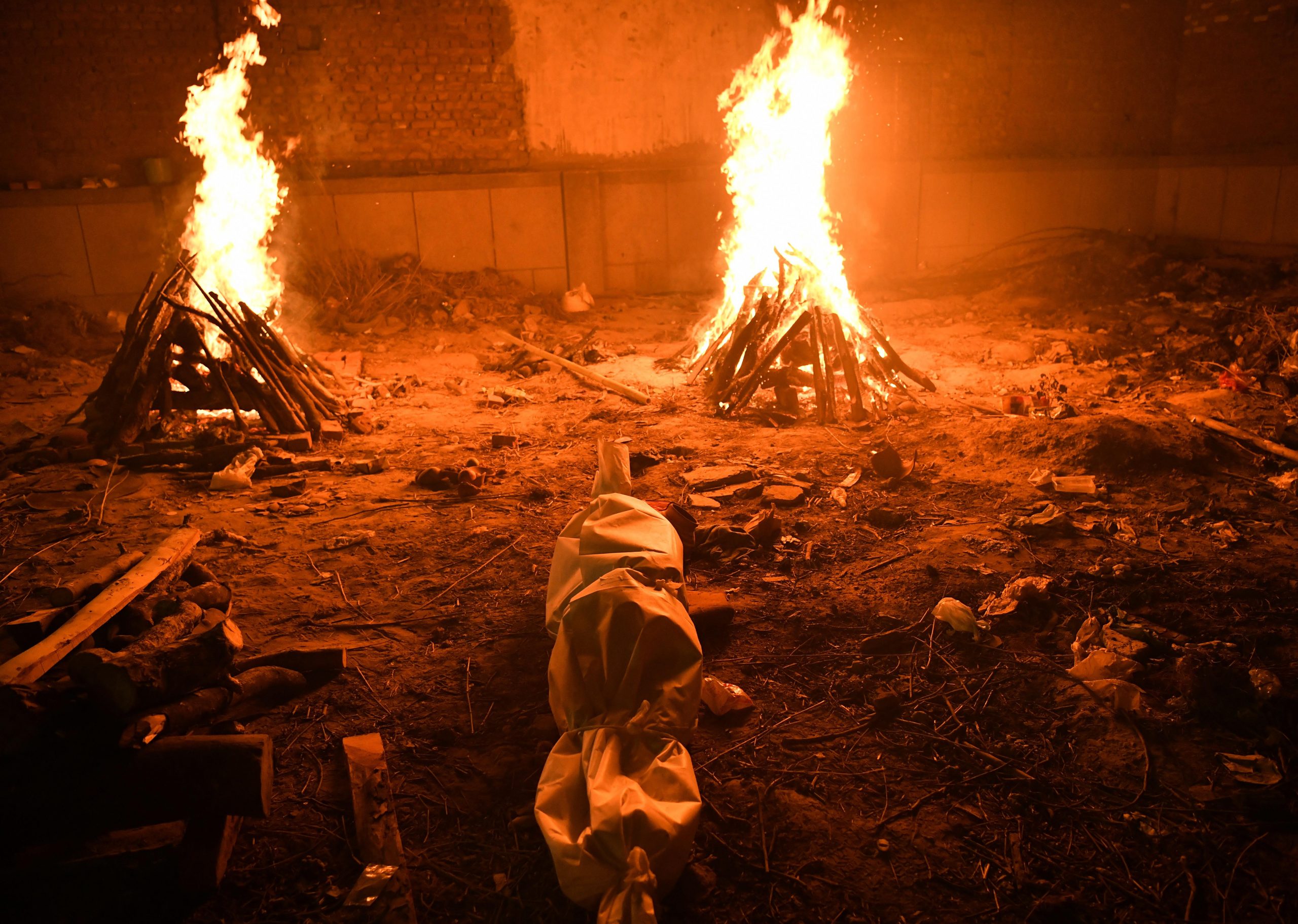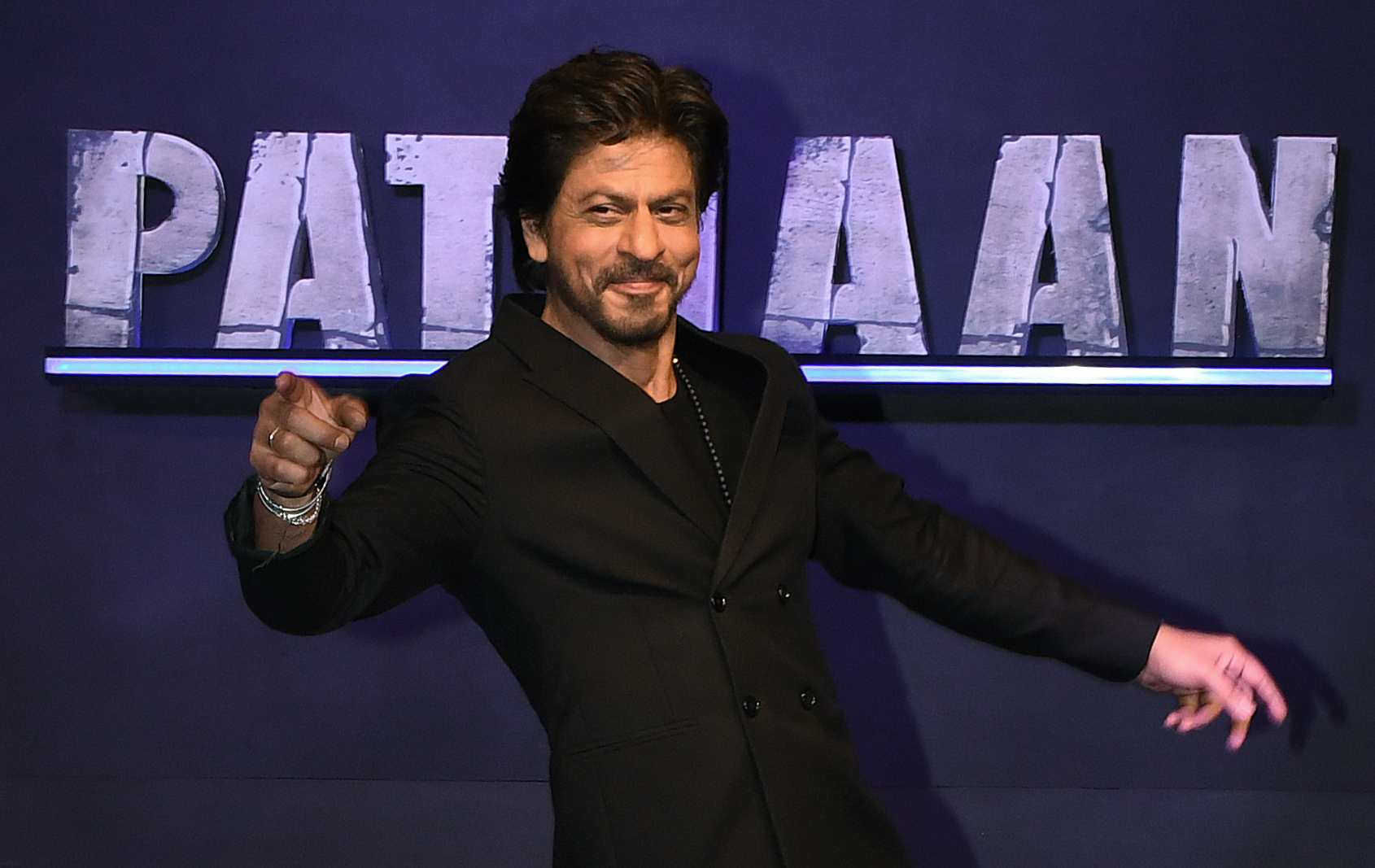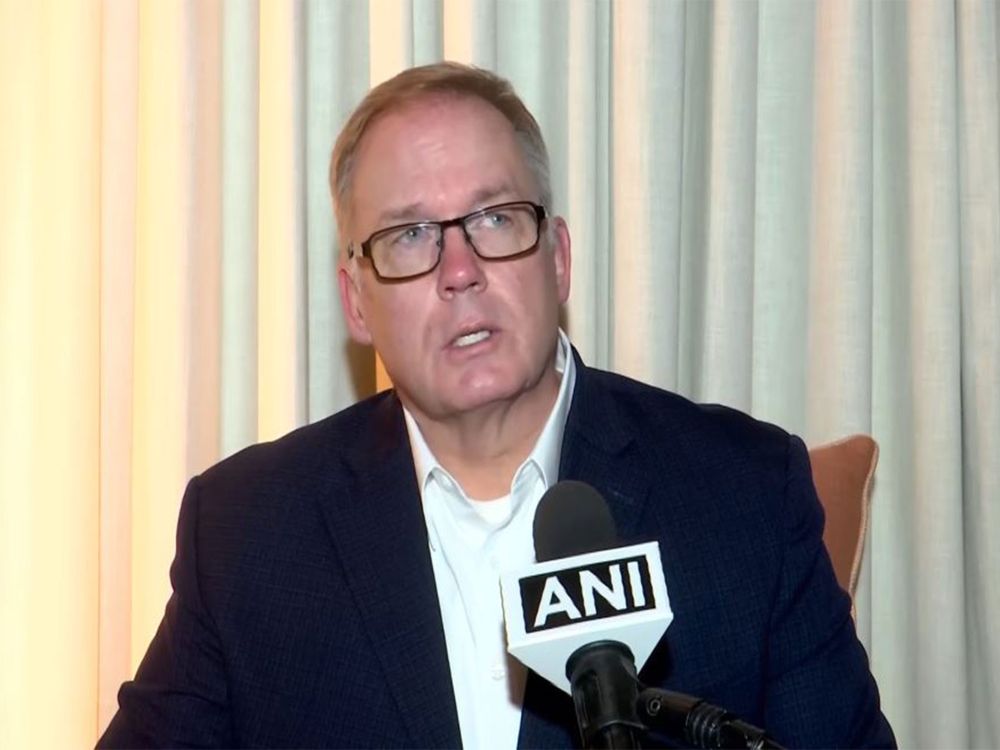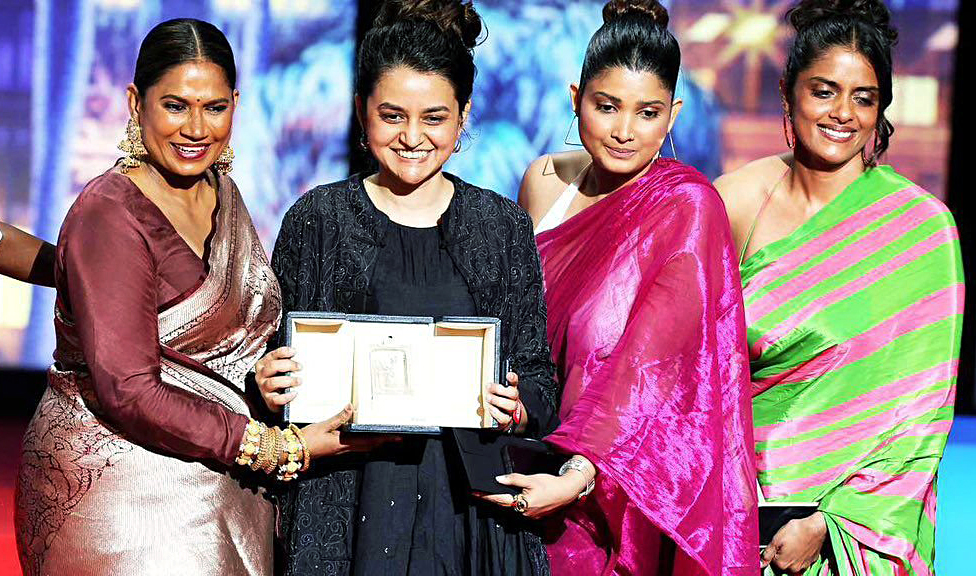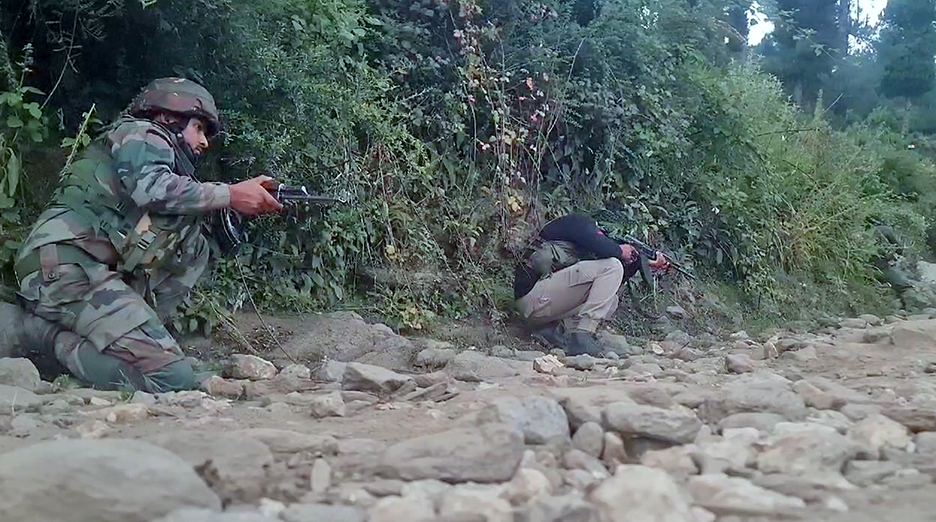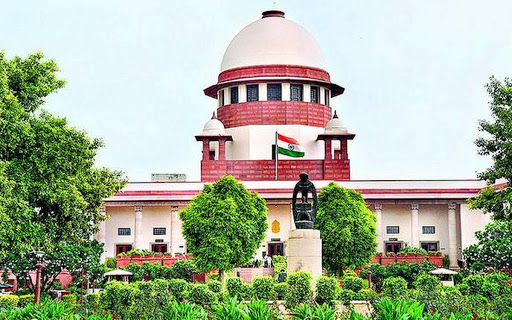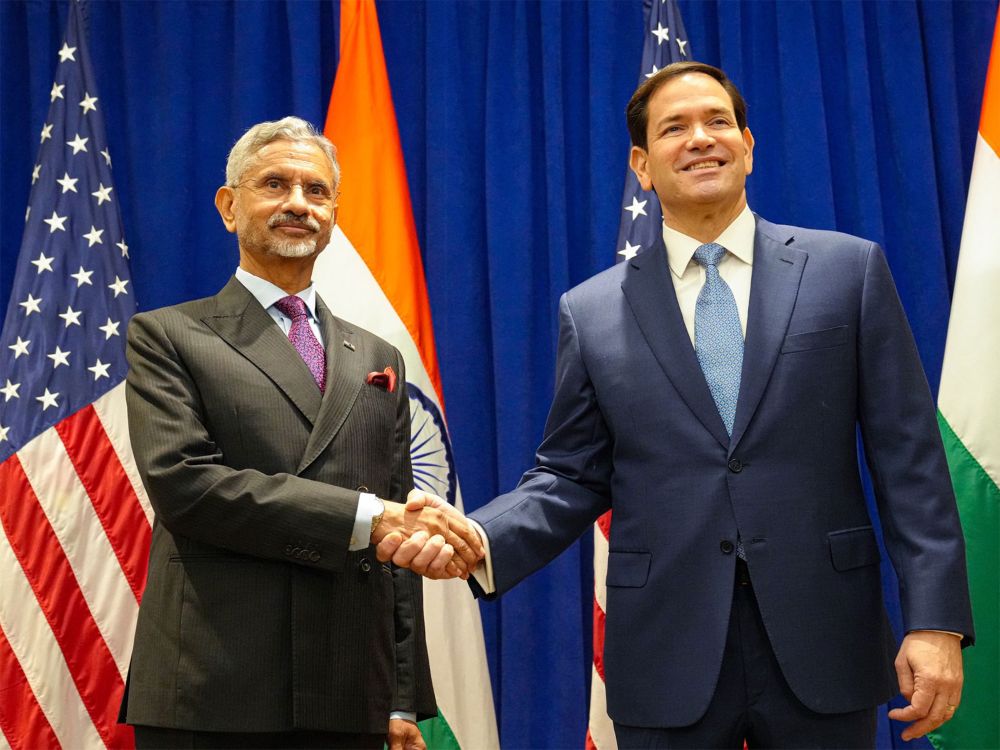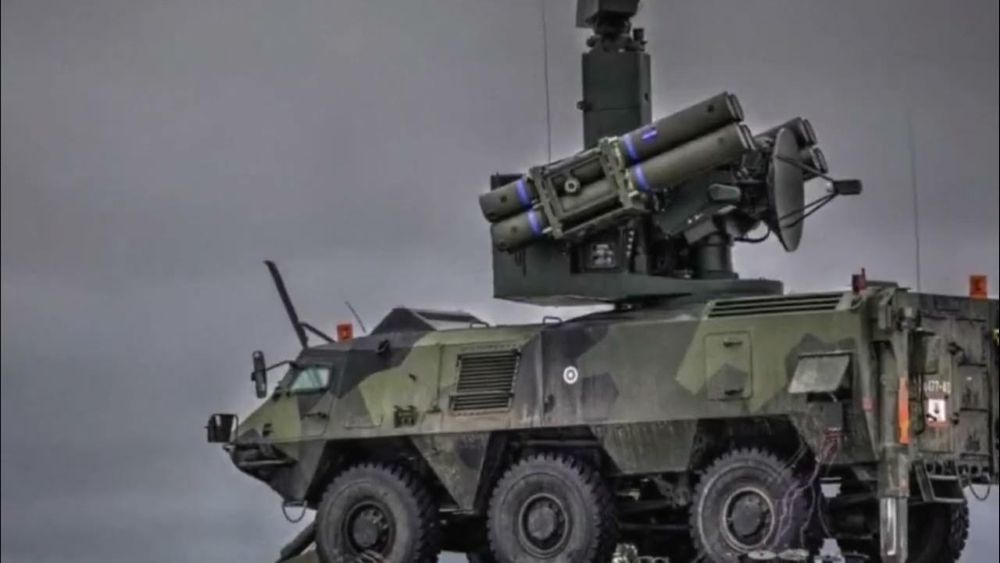Narendra Modi Government administration has executed a range of policies and creativities over the past decade. Hence it has left a thoughtful impact on various aspects of Indian society
By Jagdish Sewhani
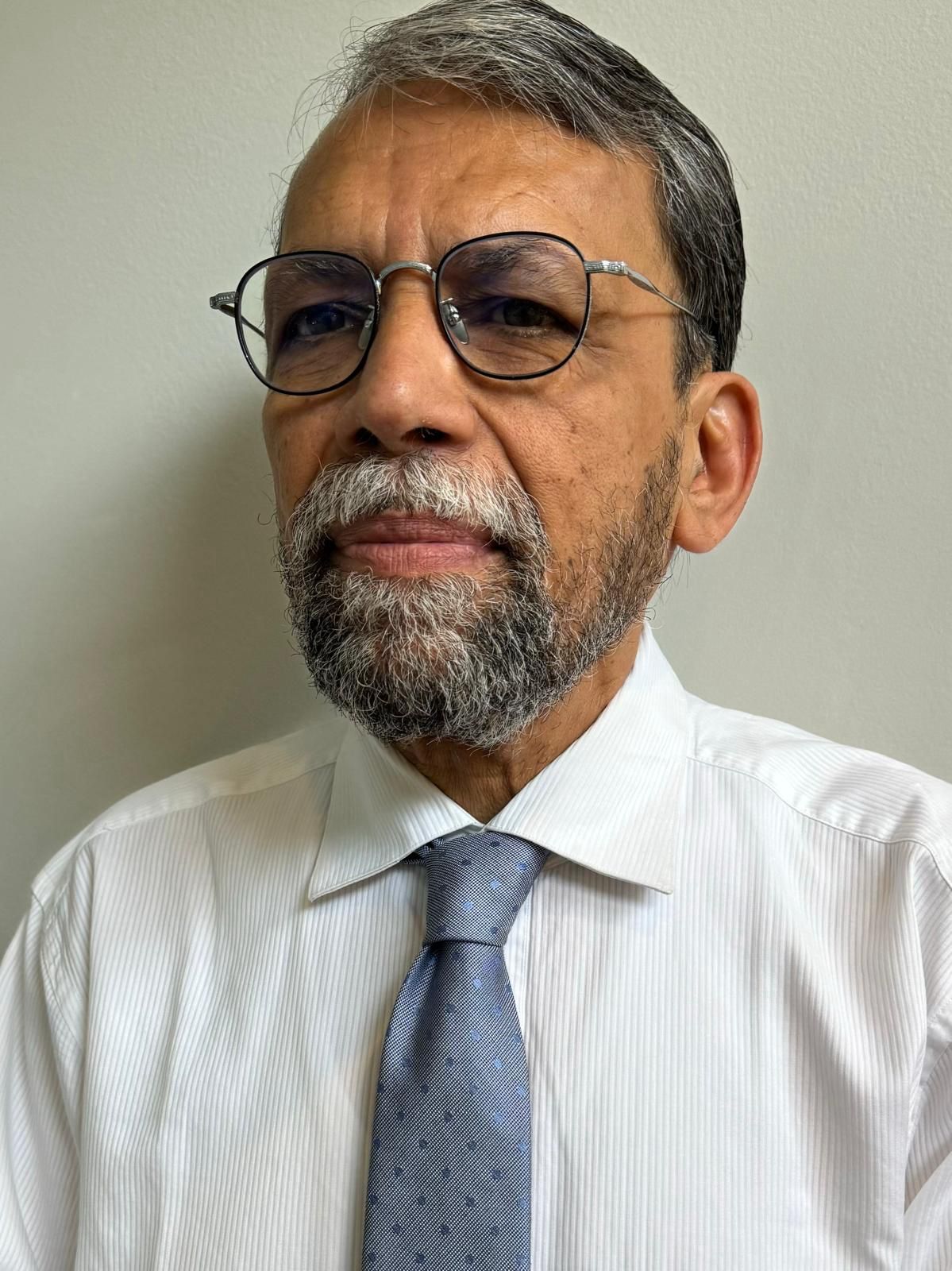
“That government is the strongest of which every man feels himself a part”—Thomas Jefferson
The era of a new Bharat under the Visionary leadership of Indian Prime Minister Narendra Modi is here. Today the world is looking at Bharat not only for Leadership, but also Solutions to pressing Global issues”. As tens of thousands of loving Indians in person and, tens of Millions on their screens, look forward to welcoming Narendra Modi in the United States of America, “Bharat” smiling with “Garv and Gratitude” for his son, who made this moment happen.
May 2014 was the year when reframing force in Indian politics and governance, the Narendra Modi government first came to power. The BJP under Mr. Modi has become the first party to win clear majorities, one after another. He is the only leader to have earned the title of “Iron man of the masses”.
Narendra Modi Government administration has executed a range of policies and creativities over the past decade. Hence it has left a thoughtful impact on various aspects of Indian society.
Here is an overview which will underline the major accomplishments that have well-defined the Modi government for the past 10 years. It offers a nuanced perception on its decade-long voyage.
Economic Reforms and Policies
Focusing on economic reform has been one of the most significant aspects of Modi’s tenure. Introduced in 2017, the Goods and Services Tax (GST) was a landmark reform intended at uniting India’s multifarious tax system. Old tax regime; prior to GST, resulted in incompetence and bigger costs and businesses had to traverse a myriad of state-specific taxes. By substituting multiple indirect taxes with a single, unified tax, GST aimed to streamline the tax structure, enhance compliance, and boost economic growth.
In November 2016, the demonetization move was another prominent economic policy. The stealth and sudden move to withdraw ₹500 and ₹1000 banknotes from circulation, aimed to fight black money, forged currency, and corruption. And they did achieve their intended objective as shown in later years.
The launch of “Make in India” campaign was another measure to encourage manufacturing and invite foreign investment. The program is required to improve
India’s effectiveness in the global market by improving the ease of doing business and encouraging innovation. Additionally, the Modi government introduced several initiatives to boost the economy.
Unveiled in 2016, the “Start-up India” initiative aimed to nurture entrepreneurship and create a favorable environment for start-ups. The benefits like tax exemptions, easier compliance requirements, and funding support were provided. Thereby the government pursued to cultivate a vibrant start-up ecosystem.
Infrastructure Development
To address the housing shortage in urban and rural areas, the Pradhan Mantri Awas Yojana (PMAY) was launched. With a target of constructing 20 million houses by 2022, the scheme is providing affordable housing to the economically weaker sections of society. Infrastructure development has been proved to be the keystone of Modi’s governance.
Another significant initiative, the Bharatmala Project, was expected to enhance economic activity, create jobs, and enable regional development. It was focused on improving road infrastructure across the country. The project aimed to enhance connectivity by constructing new highways, expanding existing ones, and improving the overall logistics network.
Launched in 2015, the Smart Cities Mission also emphasized on urban renewal by the Modi government. This program transformed selected cities into smart, sustainable urban centers with improved infrastructure, better governance, and enriched quality of life for residents.
Digital India and Technological Advancements
The Digital India initiative came into being in 2015. Improving digital infrastructure, enhancing online services, and promoting digital literacy among citizens are the aims of the program.
Several projects progressed under this initiative. It includes the Digital Saksharta Abhiyan (DISHA) to promote digital literacy, and the Digital Payment ecosystem to encourage cashless transactions. Broadband connectivity for rural and remote areas, aiming to bridge the digital divide, the government have also have worked such expansion strategies.
Prior to Modi’s tenure, the rollout of the Aadhaar biometric identification system originated. But under his government, its expansion plan carried on. It played a decisive role in delivering various welfare benefits and services directly to beneficiaries, thereby dipping leakage and increasing transparency.
Social Welfare Schemes
Launched in 2014, the Swachh Bharat Abhiyan, aimed to progress sanitation and hygiene across the country. The campaign focused on constructing toilets in rural
areas, promoting cleanliness, and eliminating open defecation. The Modi government introduced several such social welfare schemes aimed at improving the lives of downgraded and vulnerable populations.
One of the world’s largest health insurance schemes, Ayushman Bharat was introduced in 2018. It was designed to provide health coverage of up to ₹5 lakh per family per year to over 10 crore families. It was a scheme required to make quality healthcare more reachable and reasonable for the poor.
Aimed to provide clean cooking fuel to women from low-income households by offering subsidized LPG connections, the Ujjwala Yojana was launched in 2016.
Designed to reduce reliance on traditional, polluting fuels and improving health outcomes for women and children are the main theme of this initiative.
Foreign Policy and Global Engagement
To boost trade, investment, and strategic cooperation, the government actively engaged with major powers, counting on the United States, Japan, and the European Union. India has sought to reinforce its global presence and improve its strategic partnerships under Mr Modi’s leadership.
Focusing on firming up ties with Southeast Asian nations, the “Act East” policy marked a significant shift in India’s foreign policy. Through trade agreements, infrastructure projects, and security cooperation, the government wanted to augment economic and strategic relationships with countries in this region.
With neighboring countries, the Modi government also pursued closer ties. It includes determinations to resolve age-old issues with Pakistan and toughen economic and security partnerships with Bangladesh, Sri Lanka, and Nepal.
National Security and Defense
National security has been a key priority in the Modi government. Conducted in 2016, the surgical strikes marked a significant shift in India’s approach to national security in response to terrorist attacks on Indian soil. The administration adopted a more self-assured stance on issues related to cross-border terrorism and regional security.
Modernizing the armed forces and enhancing defense capabilities was also focused on. To strengthen India’s strategic and tactical capabilities, several defense procurement and modernization programs were initiated.
In August 2019, the abrogation of Article 370, granted special status to Jammu and Kashmir. It was another major decision with implications for national security.
Economic Challenges and Responses
Leading to lockdowns, disruptions in supply chains, and a significant economic slowdown, the COVID-19 pandemic pretended a severe challenge to the economy.
The government instigated various measures to alleviate the influence. It included economic stimulus packages, support for small businesses, and efforts to upgrade healthcare infrastructure.
The pandemic also highlighted issues in public health and the need for better awareness and flexibility. One of the largest in the world was the government’s response on a massive vaccination drive. It was, and effort to address healthcare infrastructure gaps.
Judicial and Legislative Changes
The Modi government has sought to rationalize the judiciary and legislative processes to expand efficiency and address long-standing matters. Various legislative reforms were introduced to simplify regulations, lessen bureaucratic red tape, and boost governance.
The Insolvency and Bankruptcy Code (IBC) was enacted to address issues related to corporate insolvency and bankruptcy. The code aimed to provide an efficient process for deciding distressed assets and improving the ease of doing business.
Ram Mandir at Ayodhya
Faith weaves itself into every aspect of life in India. On January 22, 2024, Prime Minister Modi inaugurated the magnificent Ram Mandir in Ayodhya. Spanning 7.2 acres within a sprawling 70-acre complex, this majestic three-storey temple, adorned with stunning pink sandstone and anchored by black granite, features towering pillars and rests upon a vast expanse of pristine white marble measuring 70,000 sq ft.
At its heart, a 51-inch (4.25-ft) idol of Lord Ram graces a beautifully crafted marble pedestal. The temple is poised to welcome an impressive 150,000 visitors daily. To realize this vision, the Modi government is transforming Ayodhya—a serene pilgrim town nestled along the banks of the Saryu River, a tributary of the Ganges—into what officials describe as a “world-class city for pilgrims and tourists.” This ambitious project promises to enhance Ayodhya’s rich spiritual heritage while inviting visitors from around the globe to experience its unique charm and devotion.
‘Viksit Bharat @2047: Voice of Youth’
The initiative ‘Viksit Bharat @2047: Voice of Youth’ was launched by Shri Narendra Modi. During the program, the Vice Chancellors of Universities, Heads of Institutes, and faculty members were addressed by the Prime Minister in workshops organized at Raj Bhawans across the country to mark the beginning of this initiative. Their contributions to uniting all stakeholders responsible for guiding the youth of the nation in achieving the goal of Viksit Bharat 2047 were lauded by Prime Minister Modi. “Youth power is both the agent of change and the beneficiaries of change,” he stated.
The glorious struggle for freedom was reiterated by the Prime Minister as a source of motivation. It was highlighted that each endeavor, such as Satyagrah, revolutionary movements, non-cooperation, swadeshi, and social and educational reforms, was aimed at attaining freedom. During this period, universities like Kashi, Lucknow, Vishwa Bharti, Gujarat Vidyapeeth, Nagpur University, Annamalai, Andhra, and the University of Kerala were instrumental in strengthening the national consciousness.
The Prime Minister emphasized “We have 25 years of Amrit Kaal in front of us. We must work 24 hours a day towards the goal of Viksit Bharat. This is the environment we need to create as a family.” He remarked, “This Amrit Kaal is ongoing” and “this is a pivotal period in India’s history when the country is poised to take a quantum leap.”
Rapidly increasing population of the country is empowered by youth, and India is expected to lead in terms of the working-age population for the next 25-30 years, a fact recognized globally. The Prime Minister stressed that the roadmap for progress will not be determined by the government alone but by the nation as a whole.
‘Viksit Bharat @2047’ is envisioned as a plan to transform India into a developed nation by 2047, marking the 100th year of independence. This vision encompasses various aspects of development, including economic growth, social progress, environmental sustainability, and good governance.
Visit to US in September2024
PM Narendra Modi is scheduled to visit the United States from September 21 to 23, as announced by the Ministry of External Affairs (MEA). His trip will commence with the Quad Summit in Wilmington, Delaware, hosted by US President Joe Biden.
The highlight of Modi’s visit will be the Quad leaders’ summit on September 21. This meeting, taking place in Biden’s hometown, carries particular significance, as it will be his first time hosting foreign leaders in Wilmington as president. It also comes at a pivotal moment, with Biden not seeking re-election; when India hosts the next Quad summit next year, there will be a new president in the US.
President Biden’s spokesperson, Karine Jean-Pierre, noted that this summit reflects Biden’s strong personal relationships with the other Quad leaders and underscores the importance of the Quad alliance for all participating countries.
In addition to Modi, the summit will include Japan’s Prime Minister Fumio Kishida and Australia’s Prime Minister Anthony Albanese. According to the MEA, the leaders will review the progress made by the Quad over the past year and outline the agenda to support development goals in the Indo-Pacific region.
Following the summit, PM Modi will address the Indian diaspora at the Nassau Veterans Memorial Coliseum in New York on September 22. Reports indicate that over 24,000 members of the Indian community have registered for the event titled “Modi & US: Progress Together.”
Additionally, Modi will meet with CEOs from leading US companies to explore opportunities for collaboration in emerging fields such as artificial intelligence, quantum computing, semiconductors, and biotechnology. He is also expected to engage with thought leaders and other stakeholders involved in enhancing the India-US bilateral relationship.
Modi, known for his good governance, exceptional oratory skills, visionary leadership & organizational acumen, the BJP named him as its PM candidate in 2014. Modi’s reputation as a skilled party organizer, honed through his years as an RSS ‘Pracharak,’ have been critical to his political success. His decisive victory in 2014 enabled him to reintegrate into the global political mainstream. He embarked on extensive international travels, addressing large gatherings of non-resident Indians in the US and the UK, which interprets as his strategic announcement of his global presence. With Narendra Modi emerging as the world leader, Bharat has been recognized as the lightning rod of knowledge and guidance to the world.Jagdish Sewhani is President of American India Public Affairs Committee

















